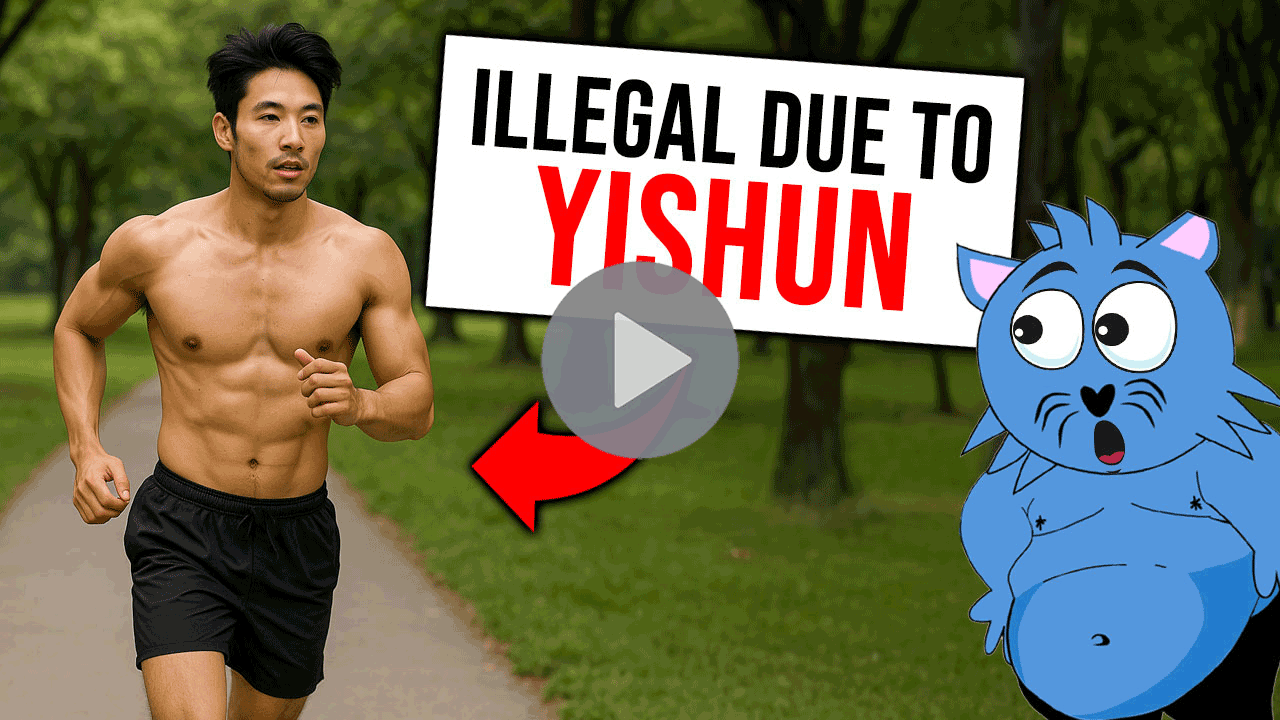To many of us, CID is Wong Li Lin and James Lye in a classic shirt and T-shirt combination with a pistol hidden in their inner shirt. They’ll walk up to someone and fish out a card, then say coolly, “CID.”
Then that someone would run, and the CID officers would ace their shuttle run and 2.4km run, then pin down the suspect. Sometimes, Lim Yu Beng would come out of nowhere with his pistol drawn, staring into space and sometimes into the soul of the suspect.
While that might be true, and CID, as the name suggests, investigates criminal acts, they’re, erm, more than that.
Conducting a lucky draw? That’s like a “private lottery” so technically, you’d have to inform…CID.
So yeah, CID isn’t just about Wong Li Ling and James Lye. It’s more than that.
But since many of us didn’t know that, scammers decided to borrow the name to scam others.
Introducing…Viber CID.
Viber
Before WhatsApp video calls, people had to resort to one free option for video calls: Viber.

Most of us have stopped using Viber and moved on to WhatsApp or Telegram, but it seems like this scammer thinks we’re living in 2015.
Apparently, the scammer called someone who seems to have just woken up. The image of the caller even has the CID image.
The person who picked up, whose name is Loh Boon Kwang but we’re going to call him Kwang Soo, was already suspicious right from the start.
I mean, CID calling you via Viber? With a strong India accent?
Kwang Soo decided to play along.
The scammer told Kwang Soo that it was part of a new regulation to update his personal details. Kwang Soo was sleepily shocked because I’m pretty sure the only crime he’s committed is answering a phone when he should be sleeping.
The scammer then wanted to look at his ATM card front and back—pretty harmless, except that most of our ATM cards serve as a debit card as well: with those images, one can use the images to buy ten boxes of tissue paper from Shopee.
To do so, the scammer suggested using the Viber video chat function.
Kwang Soo agreed, but wondered if he could use his EZ-Link card instead.
Hey, Kwang Soo, you idiot ah? My EZ-Link card has an image of a dog—what if CID thinks I’m a dog?
Anyways.
Soon after, Kwang Soo told the scammer that Singaporeans can’t be scammed that easily (maybe he’s watched our videos we’ve done with the SPF), and ended perfectly with this: “Do you understand what is ‘f*** you’?”
Wah, Kwang Soo, sorry that I called you an idiot earlier…
The entire conversation is recorded and surprisingly, our dear SPF posted it on their Facebook Page despite the expletive at the end.
Here’s the video in full:
And here’s what SPF said:
#sgscamalert
#spreadthewordonscams
POLICE ADVISORY ON POLICE IMPERSONATION SCAM
Advertisements
The Police would like to alert the public to a case of Police impersonation scam. A member of the public had received a phone call from someone claiming to be from the Criminal Investigation Department of the Singapore Police Force. He was asked to show the front and back of his Automated Teller Machine (ATM) card to the scammer through a video call as part of a new regulation to update his personal details. As some ATM cards are known to function as debit cards, the scammer could have been trying to obtain the debit card details.
The Police would like to emphasise that the calls were not made by the Police. Members of the public are advised to take the following precautions when they receive unsolicited calls, especially from unknown parties:
- Don’t panic – Ignore the calls and caller’s instructions. No government agency will request for transfer of money, personal details or bank account login credentials over the phone. Call a trusted friend or talk to a relative before you act. You may be overwhelmed by emotion and err in your judgment.
- Don’t believe – Scammers may use caller ID spoofing technology to mask the actual phone number and display a different number. Calls that appear to be from a local number may not actually be made from Singapore. If you receive a suspicious call from a local number, hang up, wait a while, then call the number back to check the validity of the request.
- Don’t give – Do not provide your name, identification number, passport details, contact details, bank account or credit card details, and One-Time-Password (OTP). Such information are useful to criminals.
If you wish to provide any information related to such scams, please call the Police hotline at 1800-255-0000, or submit it online at www.police.gov.sg/iwitness. If you require urgent Police assistance, please dial ‘999’.
To seek scam-related advice, you may call the National Crime Prevention Council’s anti-scam helpline at 1800-722-6688 or visit www.scamalert.sg. Join the ‘let’s fight scams’ campaign at www.scamalert.sg/fight by signing up as an advocate to receive up-to-date messages and share them with your family and friends. Together, we can help stop scams and prevent our loved ones from becoming the next scam victim.
(Video Credit: Loh Boon Kwang)
Advertisements
So, remember: don’t panic, don’t believe and don’t give.
And subscribe to our YouTube channel. We’ve got anti-scam videos done in collaboration with the SPF, though I think Kwang Soo’s video’s still a tad better.
Would you be jailed for being half-naked in public? Well, the answer will shock you. Seriously. Watch this to the end and you'll understand:



